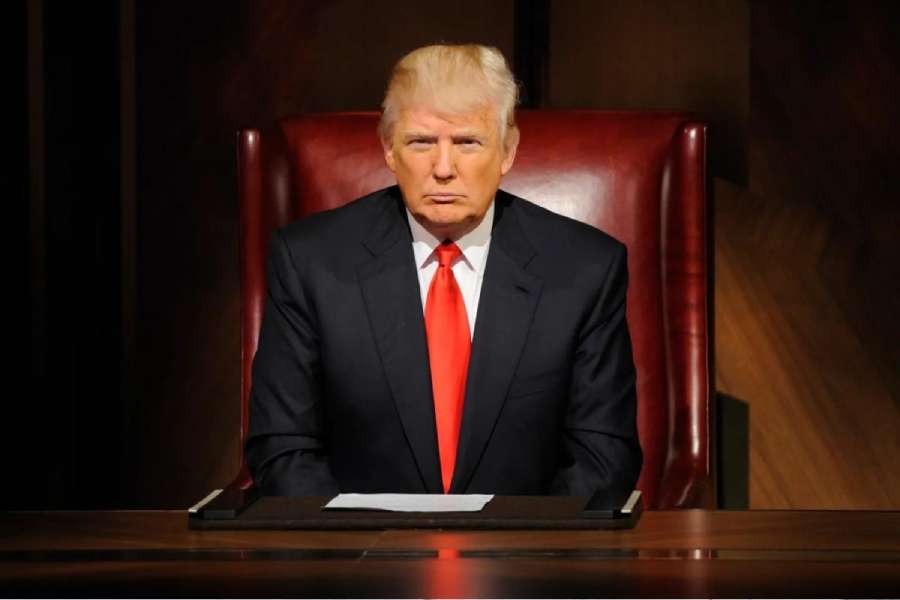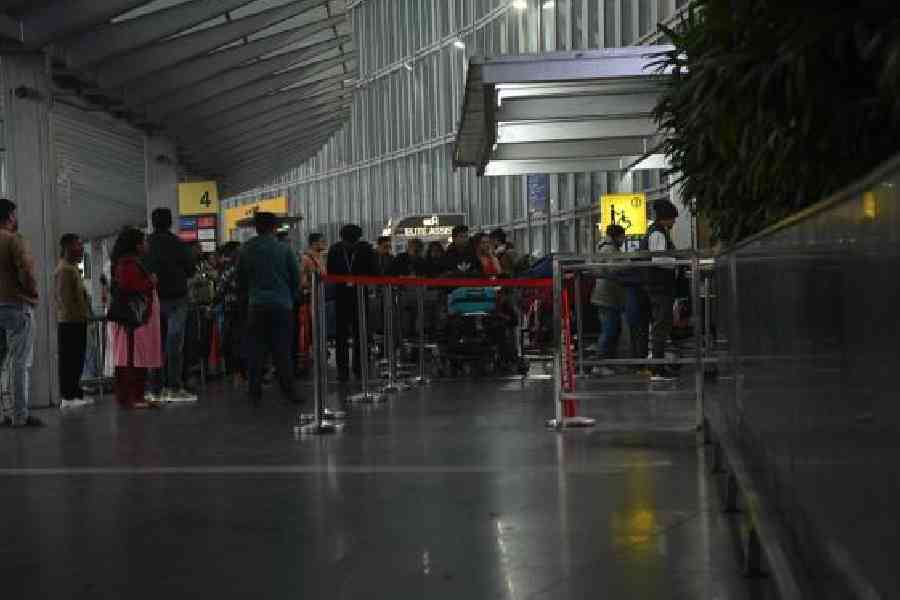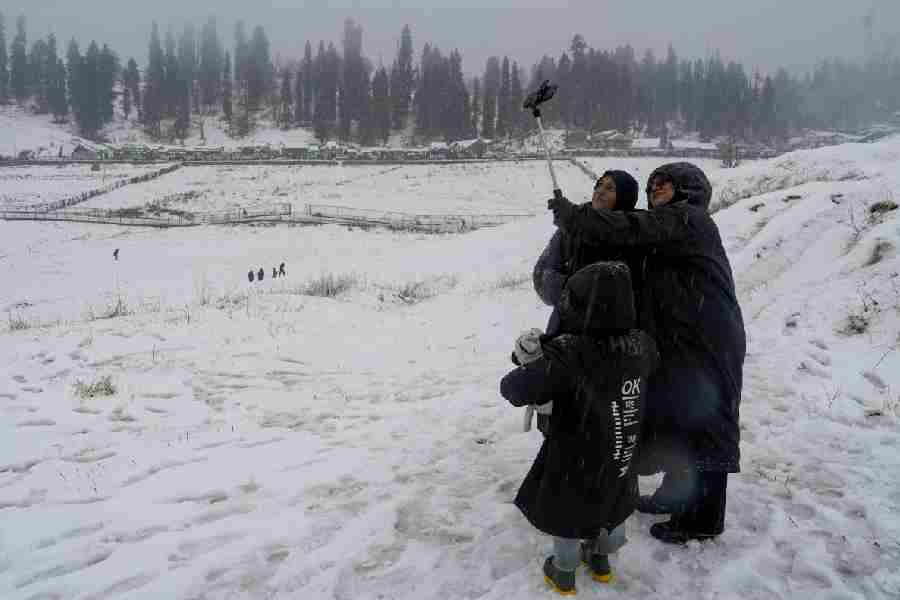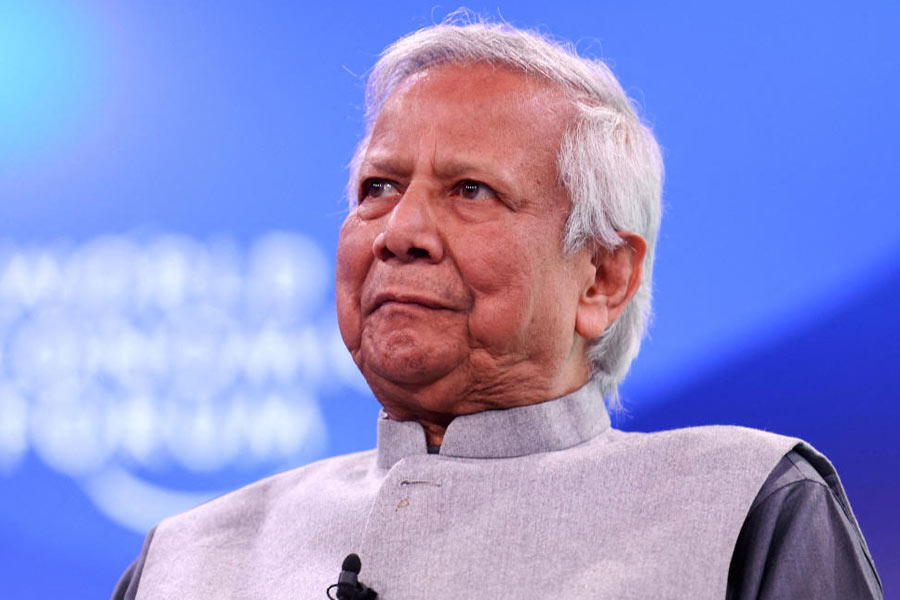They came out in defence of national parks and small businesses, public education and health care for veterans, abortion rights and fair elections. They marched against tariffs and oligarchs, dark money and fascism, the deportation of legal immigrants and the department of government efficiency.
Demonstrators had no shortage of causes as they gathered in towns and cities across the country on Saturday to protest President Trump’s agenda. Rallies were planned in all 50 states, and images posted on social media showed dense crowds in places as diverse as St Augustine, Florida; Salt Lake City and rainy Frankfort, Kentucky.
“Pouring rain, 43 degrees, biting wind, and people are still here in Albany in the thousands,” said Ron Marz, a comic book writer who posted a photo of the crowd at the New York State Capitol on X.
While crowd sizes are difficult to estimate, organisers said that more than 6,00,000 people had signed up to participate and that events also took place in US territories and a dozen locations across the globe.
On Fifth Avenue in Manhattan, the protest stretched for nearly 20 blocks. In Chicago, thousands flooded Daley Plaza and adjacent streets, while in the nation’s capital, tens of thousands surrounded the Washington Monument. In Atlanta, the police estimated the crowd marching to the gold-domed statehouse at over 20,000.
Trump, who was playing golf in Florida on Saturday, appeared to be largely ignoring the protests. The White House did not immediately respond to a request for comment.
Some of the demonstrators waved American flags, occasionally turned upside down to signal distress. Many, especially federal workers and college students, did not want to speak on the record for fear of retaliation. Right-wing slogans like “Stop the Steal” were co-opted in defence of social security, medical care and cancer research.
“I’m tariffied. Are you?” one placard read. Global financial markets tumbled this week at Trump’s announcement of tariff increases, which many economists warned would raise prices for US consumers. Republicans in Congress wrestled over budget proposals that included cuts to Medicaid and SNAP food benefits.
Rob Ahlrichs, a Baltimore resident who attended the protest in Washington with his two sons and his wife, Katherine Sterner, put out a sign with a graph depicting stock market indexes plummeting that read: “Did you vote for this?”
In Chicago, Marilyn Finner, 65, who works in customer service, said she had never attended a protest but that she felt compelled to take part on Saturday because she was concerned about threats to retirement benefits.
“Eventually I want to receive my social security that I paid for,” she said. “I’ve been working since I was 13 years old. I’m fighting for my social security and everybody else’s.”
The mass action, with the deliberately open-ended name “Hands Off!”, was planned at a time when many Democrats had bemoaned what they saw as a lack of strong resistance to Trump. The President has moved aggressively to punish people and institutions that he views as out of step with his ideology.
Don Westhoff, a 59-year-old accountant, was another first-time protester. He voiced outrage at the administration but had words for Democrats as well, saying they needed an infusion of younger leaders to oppose the President.
“We want to let the elected Democratic officials know that good is no longer good enough,” he said. “They need to fight.”
Multiple concerns prompted Katrin Hinrichsen to drive six hours from her home in Tolland, Connecticut, to Washington to attend. She held a sign with the names of legal residents with foreign passports whom the Trump administration has moved to deport for allegations of antisemitic speech and gang activities.
Her 18-year-old son is transgender, she said, and she feared his losing access to gender transition care. “Now suddenly he’s a hate object, just because that’s politically convenient,” she said. “I’m just furious.”
The rallies were organised by Indivisible, MoveOn and several other groups that led protests about abortion rights, gun violence and racial justice during the first Trump administration. Organisers said they hoped to shift the emphasis to pocketbook issues like health care and social security, with the message that Trump is making life harder for the average American while benefitting his richest allies.
They also moved away from focusing on massive demonstrations, like the 2017 Women’s March on Washington, to instead plan hundreds of local gatherings in communities large and small.
Concerns varied by location. In Ketchum, Idaho — population 3,555 — cuts to the forest service generated deep concern, said Fiona Smythe, 56, a resident who attended a protest that she said drew more than 500 people. One sign showed Smokey Bear and read: “Only you can prevent forest fires. Seriously. We’ve been defunded. It’s just you now”.
Some demonstrators had specific issues, while others opposed the Trump administration and the MAGA movement in general. “Hands off my money, rights, democracy,” one sign proclaimed. “Make lying wrong again,” said another. Elon Musk, the billionaire heading Trump’s slash-and-burn attack on the federal bureaucracy, was a popular target.
“I feel like the MAGA people have corrupted and co-opted the American flag and the idea of patriotism,” said Barbara Santarelli, 77, a retired health care worker draped in a flag who participated in the New York City rally. She described herself as a Jewish centrist who was concerned about her retirement benefits, attacks on universities and freedom of speech, the war in Gaza, and due process rights.
Before the event, she recounted, her daughter expressed concern for her safety. But she said attending the protest was something she had to do. “The soldiers, they go
to war to defend democracy,” she recalled saying. “At my age, this is how I go to war to defend democracy.’”
In Chicago, Glynn Tipton, a 45-year-old pharmaceutical professional, said he was attending to make friends feel safer.
“I’m a generic white guy, so they aren’t coming for me,” he said. “There’s a lot of my friends who are Jewish, trans, in the military or sick, and they’re not doing OK. It’s OK for me to stand out here, so I should for the ones who are afraid.”
New York Times News Service










